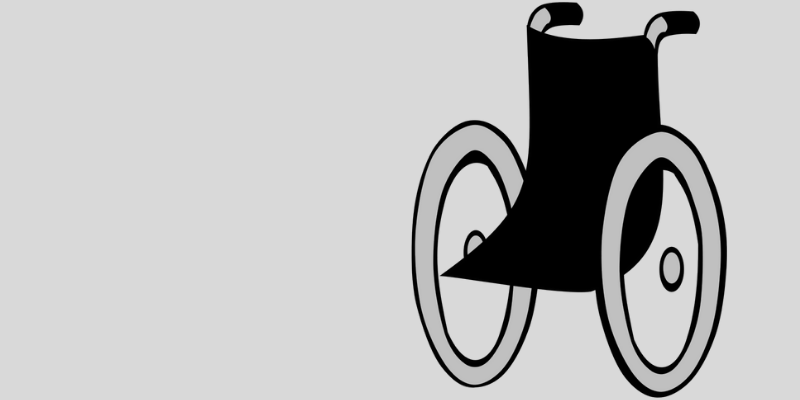Nobody likes to be constricted to one space. If you’re feeling too restricted on movement, it’s important that you find the right mobility solution for you to complete daily living activities. There are benefits to each one depending on what kind of mobility you need and the lifestyle you lead. While some of you may be familiar, there are perks to each one that you may have not previously considered.
Wheelchairs
Who?
There are currently 3.6 million people over the age of 15 who use a wheelchair daily. They are intended for individuals who cannot walk or put full weight on their legs. These are great for long distances and for those with severe impairments.
Types:
There are two distinct categories of wheelchairs. Manual and motorized are the two avenues of choice for users. There are many different types of manual wheelchairs to meet a variety of peoples’ needs. Motorized wheelchairs are a wise option for those who do not have the strength to push themselves independently. If you don’t have upper body strength, a motorized wheelchair (or scooter) will be the best choice for you.
Canes
Who?
Canes help those who are unable to put full weight on their legs but are still able to walk if they have assistance. They provide stability and aid in balance. Many older Americans use these every day. In fact, 16.3 percent of older Americans use these. While these help with balance, they can also put stress on the wrist and hands.
Types:
There are so many different types of walking canes that vary from style, and color to actual medical need. The most common kinds of canes are the “C Cane” and “Quad Cane.” The C Cane is very simple in that it is straight with a simple curve at the top. The Quad Cane provides more stability as it has a four-pronged base and a graspable handle.
Walkers
Who?
Walkers are a stable option for those with little strength to walk independently, but still have the use of their legs. There are 11.6 million older Americans who use walkers. They are easy to push forward but are stable enough to not slip.
Types:
There are a few different types of walkers and they often come with accessories, like a basket, to hold items. The two most common types are knee walkers and rollators. Rollators are very common and have a three-piece frame, grip handlebars and a seat if needed. Knee walkers have a rest for the knee that is often used post-surgery or for amputees.
As we age, we find ourselves becoming less and less mobile, and finding it more difficult to get around. If you are looking for a mobility device, take a look at our gallery and give us a call!

